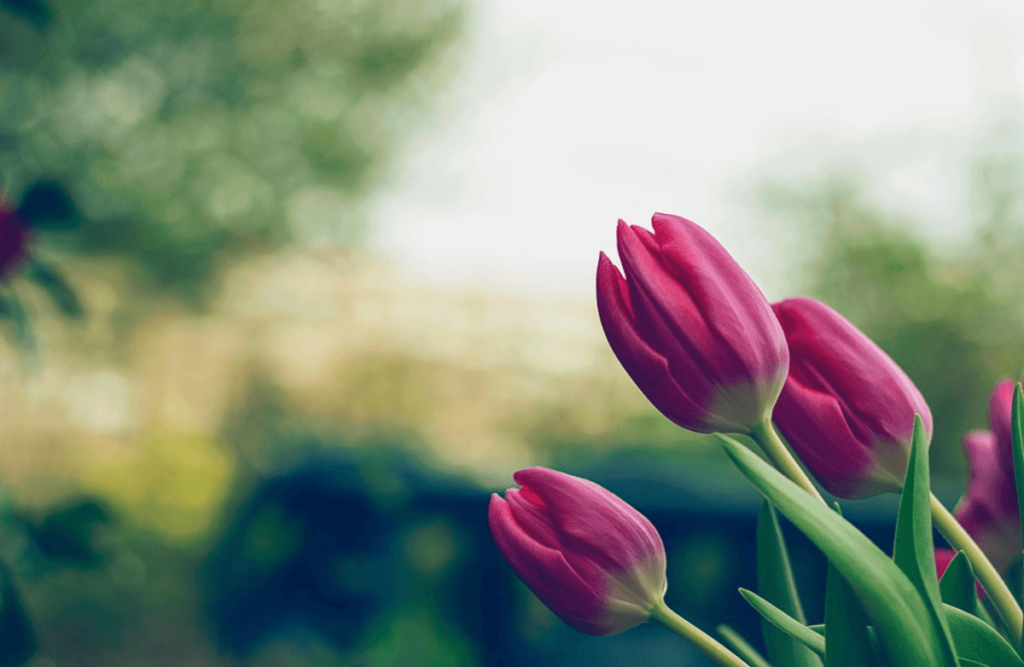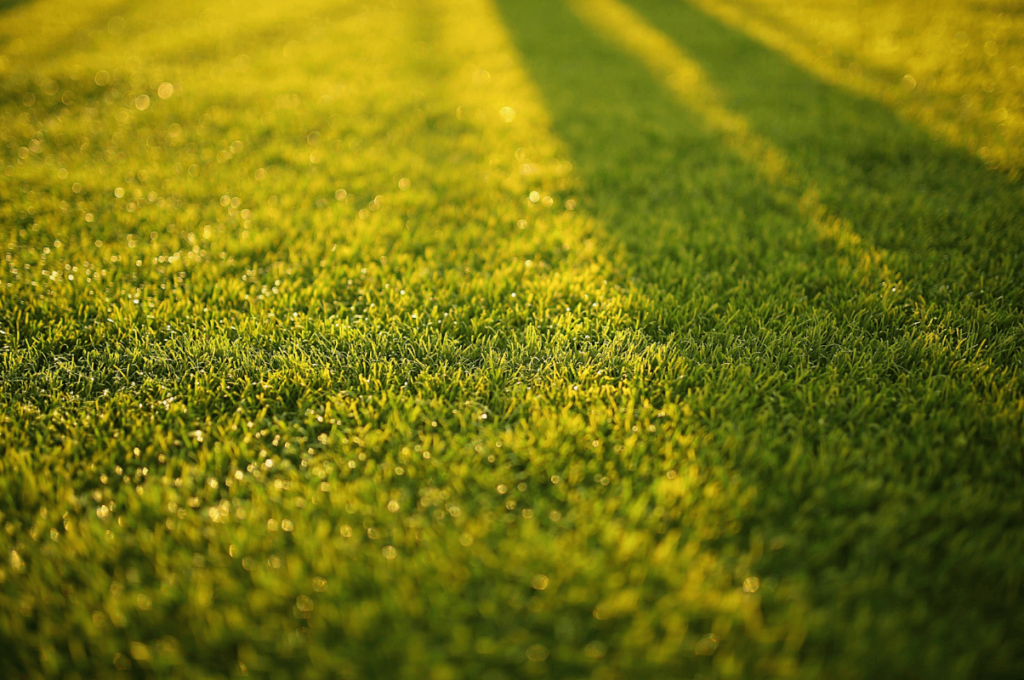By choosing the right details and elements for the garden as well as the plants to be planted, the garden will transform into a true little outdoor paradise with an amazing atmosphere that encourages socializing or simply makes the garden feel like a spa, completely relaxed and meditated, as if in some hidden refuge. To that end, here are six things you should consider when choosing plants for your garden.
Decide on your style
There are various landscape styles to choose from when it comes to landscaping. It may be mixed and matched in any way you like, or it can take on a style influenced by different geographical places and climates. The plant species chosen for the garden will have the biggest impact on the garden’s design, but it will also be strongly influenced by extra details available in specialist stores. We may create a garden with Mediterranean characteristics, an Italian garden, a garden with a touch of French flair, or an exotic ambiance from rain forests by combining these aspects.
Maintenance
Plants that have been planted need to be cared for. For example, you will have to pay attention to how much sun or water they will require, and so on. Some have special growth requirements, while others may require pruning from time to time to maintain them in shape and prevent them from overwhelming your landscape. For instance, because of their beauty and low maintenance needs, Hoya plants are a popular houseplant choice that you may take into consideration. You may find more information on varieties of these plants at https://www.urbanorganicyield.com/hoya-plants/ and thus decide which ones to choose to improve the appearance of your garden. In particular, if you are looking for an ideal plant, you should choose a rather subtle and more garden-friendly plant option.
With all these considerations in mind, you should determine if you are willing to devote the time necessary to maintaining your garden or whether you want low-maintenance plants that demand less effort.
Size of the plant
Plants take on a variety of forms and sizes as they mature. You should find out how big your plants will grow when completely mature before you pick them, especially if they are trees. You must keep in mind that they may overrun the space where you have planted them. Furthermore, roots have the ability to grow far, causing harm to your home’s foundations.
Disease and parasite resistance
Plants are nice to have, but they are susceptible to infections that can harm their health and need treatment. Insects might be a concern as well. Some plant species, on the other hand, are more resistant to similar assaults. Take some time to research which plants are more resistant to parasites and illnesses to prevent dealing with these issues in the future.
Assess your environment
Before choosing a plant, consider if the soil in your yard is compatible with it. If, however, the soil is too dry or wet, find ways to make it agreeable for the plant. This is because rain, gravity, and other forces lower the quality of the soil over time, so you have to improve it before planting. If you plan to plant young plants, you have to cultivate your soil and remove stones or roots. You also have to pay special attention to it if it is dry and lumpy or wet.
Prepare
A few early preparations for the spring season will bring you so many benefits that you will be able to enjoy throughout the year. We advise you to start preparing by using organic fertilizers—make sure you use exactly as much as you need for the crops you are going to plant. Plants with small needs and shallow roots require a small amount of fertilizer in the first few centimeters of the soil. If you take some time to improve the fertility and looseness of your soil, you will have the opportunity to enjoy a productive year. Here’s how: For a start, a few weeks before you plan to plant, remove any crops that are left there and cover your garden with a stronger layer of good fertilizer. Although quality fertilizer can be bought in any store, the prices may vary, so make sure you check different stores for the best price.
Lastly, learn some weed control strategies to protect your plants from invading weeds.
When planning your garden, it’s crucial to not only think about the aesthetics but also to be informed about the potential risks associated with certain herbicide products. While they can help control weeds, many contain harmful chemicals that could impact your garden’s health. For example, the ongoing Roundup weed killer lawsuit has raised significant concerns about the safety of widely used products, underscoring the importance of making informed decisions to protect both your plants and your well-being.
Arranging the yard and garden is a never-ending task that takes a lot of time and effort. If we put a lot of love and effort into making it work, it will undoubtedly pay off. Naturally, you can employ a landscape architect, but you can also go on a lovely green trip and do your own landscaping while determining how to design the garden. In any case, gardening should be a pleasurable, soothing, and inspirational experience.


